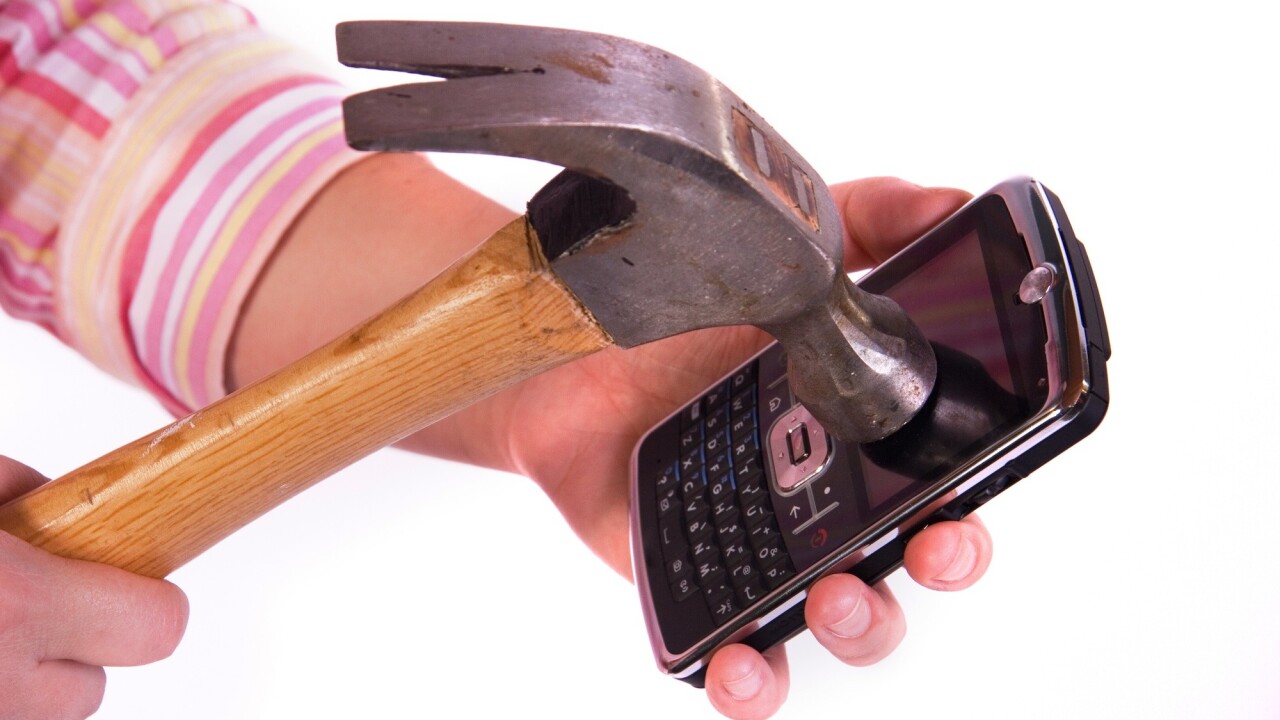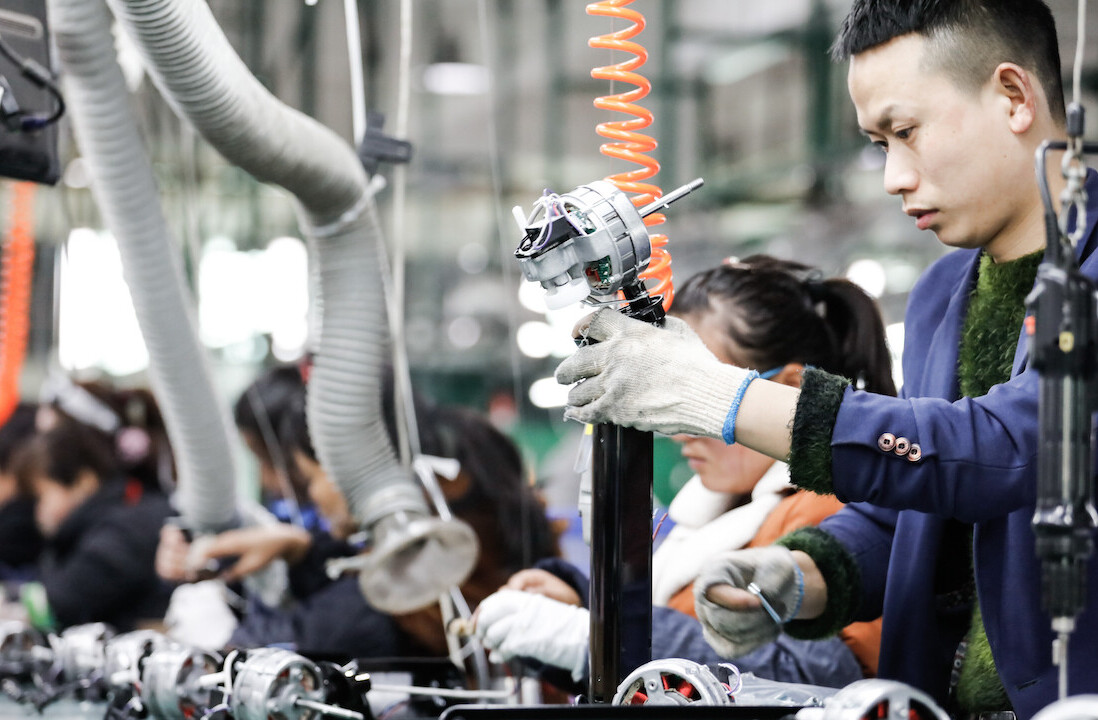
Israel Lifshitz is the founder and CEO of Bring Your Own Device platform Nubo.
In the corporate world, there has been an ongoing battle between people who want to use technology and people who want to control it. Personally, I believe that battle is coming to an end.
The concept of “device management” is going to become as extinct as car phones and beepers. In a few years, no corporation is going to care what device you use, where you use it, and what apps you have installed. “Mobile Device Management” (MDM), “Enterprise Mobility Management” (EMM) and their overgrown approach to security are creating more problems for IT than they solve.
IT is sick of managing devices. They don’t want to block Pandora and BuzzFeed from your computer. They don’t want to update your software, drivers, and operating system. And they really don’t want to issue mobile devices or manage your personal phone.
The ‘bring your own device’ (BYOD) movement became a nightmare for IT because they were suddenly expected to control our personal smartphones and tablets as if they were company devices.
Hardware weighs IT down. I’ve spoken with CIOs who implemented MDM a few months or a few years ago, and they are more than willing to replace it. They want to focus on valuable projects like big data systems, not babysitting our iPhones. They want data and applications in the cloud where they require far less supervision.
If this is the case, why is MDM so mainstream and what is the future of BYOD? To understand, we have to look at how tech disruptions actually work.
The second wave
Technological development is imitation punctuated with imagination.
The most disruptive technologies—PCs, internet, cell phones, and tablets—create problems and opportunities that never existed. When companies try to solve these problems and capture these opportunities, the first wave of solutions almost always rely on past experience.
Search engines are one of the very best examples of this dynamic. The creation of the Internet created a challenge: how do people find information?
Remember Yahoo Directory? It belongs in a museum, but it actually still exists. Yahoo Directory tried to help us find information by organizing it like the paper systems we were used to using: library directories, phone books, encyclopedias and other things we don’t miss. It was inefficient, but we used it because there was nothing better.
 Then one day Google said, “Hey, instead of making people search based on our categories, why don’t we just let them type in anything they want?” There was no precedent for this type of searching because we never had technology that permitted it. Search engines rapidly replaced directories. Since then, search engines have created a thousand more challenges and opportunities: search advertising, SEO, and search-based financial trading algorithms—imitation and imagination all over again.
Then one day Google said, “Hey, instead of making people search based on our categories, why don’t we just let them type in anything they want?” There was no precedent for this type of searching because we never had technology that permitted it. Search engines rapidly replaced directories. Since then, search engines have created a thousand more challenges and opportunities: search advertising, SEO, and search-based financial trading algorithms—imitation and imagination all over again.
After a ground-breaking invention like the Internet, the first wave of supporting innovation tends to rely on imitation. The second wave of innovation realizes everything that the first wave had wrong, so they become more imaginative.
The MDM imitation
MDM was built based on IT’s past experience with PCs, which required a lot of babysitting (and still do). They constantly needed updates, constantly broke and most people at a given company were incapable of troubleshooting them.
So when companies wanted to give everyone Blackberries, MDM made it possible for IT to manage Blackberries just like PCs.
Since then, MDM has become overwhelmingly complicated. Originally, the goal was to let executives take calls, send text messages, and check emails. Today, MDM tries to do everything—lock-and-wipe devices, push apps, track location, geofence apps and camera usage, and generally create more work for IT and less freedom for employees.
When BYOD began, MDM guys tacked on EMM and tried to extend their dominance over company issued devices to personal devices. They secured individual business apps, placed them in separate containers and pushed clumsy enterprise email clients on employees. Essentially, they create a solution that undercuts the choice and efficiencies that BYOD promised to create, and they made this solution IT’s responsibility.
Still, no employee want useless corporate apps forced on their device just to be tracked and coaxed into shedding control over their smartphones and tablets.
Enter the (enterprise) cloud
Everyone understands that MDM and EMM are inelegant solutions. They cannot keep pace with the wave of innovations that make people the masters of their own digital world. Overall, they have created more difficulties for IT than they have solved.
In my opinion, MDM will be wiped out by technology that ignores devices and relies strictly on the cloud. CRM and marketing analytics platforms contain some of the most sensitive information that companies have, and they now live in the cloud. Many more applications and categories of data will go in that direction.
If nothing is stored on our personal devices, IT has nothing to manage. The can take data out of your control. Ultimately, isn’t that the purpose of MDM and EMM?
A bundle of disparate cloud apps, however, will not do. A single operating system or platform must link the apps together through one enterprise cloud. This is how IT can manage access to email, file storage, company applications and third-party programs on a user level rather than a device level.
Ultimately, the enterprise cloud becomes a closed ecosystem where data can travel from app to app without ever passing through an outside device.
BYOD is ready for its second wave of innovation, IT is ready to kiss hardware goodbye and those of us who have been under the reign of MDM are ready to get our devices back. MDM’s time has passed. Let’s see if the cloud can deliver.
Image credit: Ethan boisvert/Shutterstock
Get the TNW newsletter
Get the most important tech news in your inbox each week.





